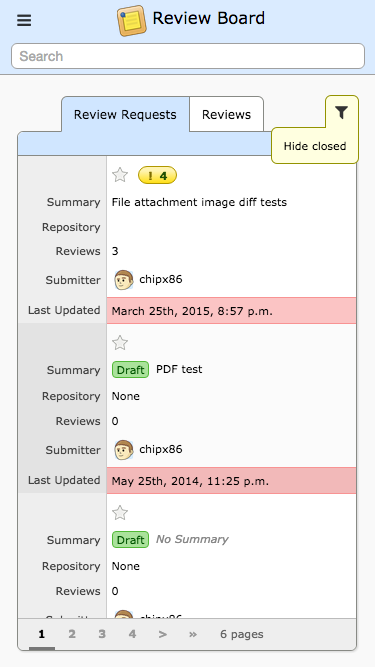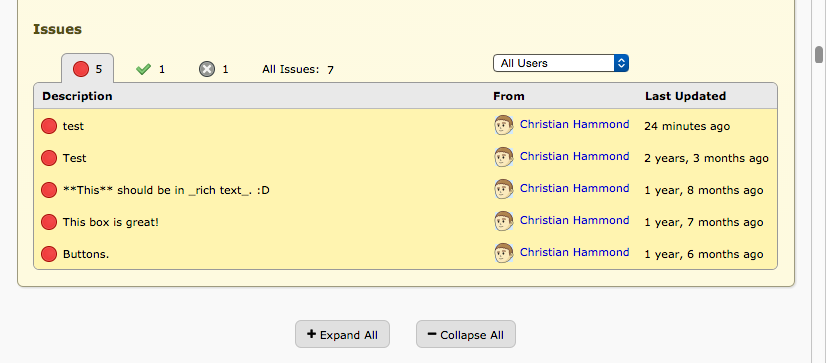As a team grows, it often becomes the case that more developers need to assume more specialized roles in the code review process. Not just that of developer and reviewer, but also that of a manager of sorts, helping to keep the review process going and to keep the process tidy.
We’re introducing a few new special user permissions, designed to give users a subset of an administrator’s abilities. These can all be set in the Team Administration page by clicking the pencil icon next to team member.
The first permission, “Can close or reopen review requests from other users,” enables a user to help keep the list of review requests tidy by toggling whether a review request is currently open. If you’re not auto-closing review requests, if you have review requests open from former team members, or if you’re managing an open source project on RBCommons, this can be quite handy.
The second permission, “Can edit review requests from other users,” allows a user to modify a review request on someone else’s behalf. They can upload diffs, edit fields, and so on. The changes currently appear as if they’re from the owner of the review request.
The final permission, “Can post review requests as other users,” is most useful for scripts. In cooperation with RBTools (using rbt post –submit-as), a script can post a review request on another user’s behalf, perhaps when a change is committed to a special branch, or after a sandbox operation passes.
We’ve been piloting these permissions with some projects for a while now. Please let us know how they work for you, and if you have any questions or problems.











